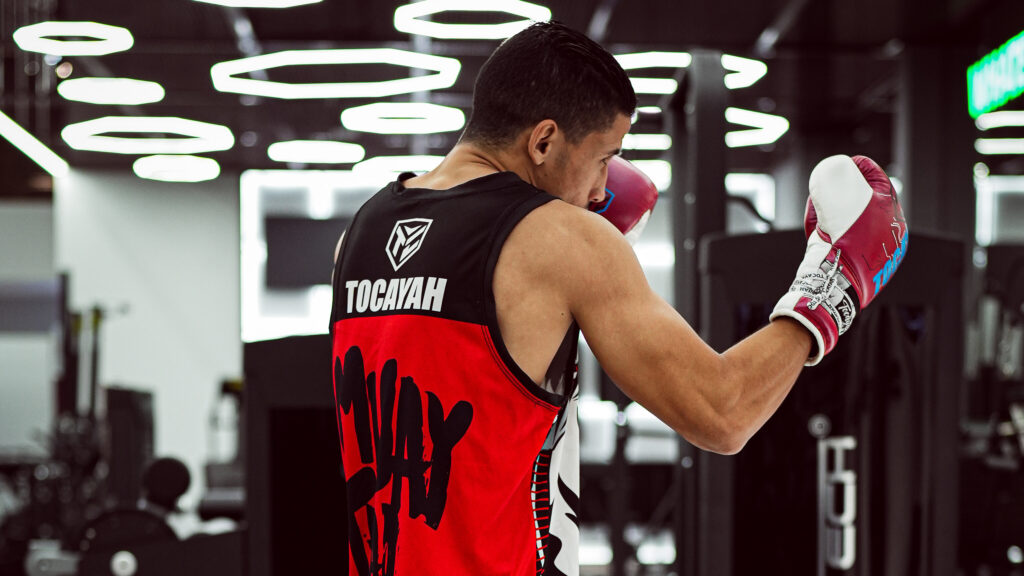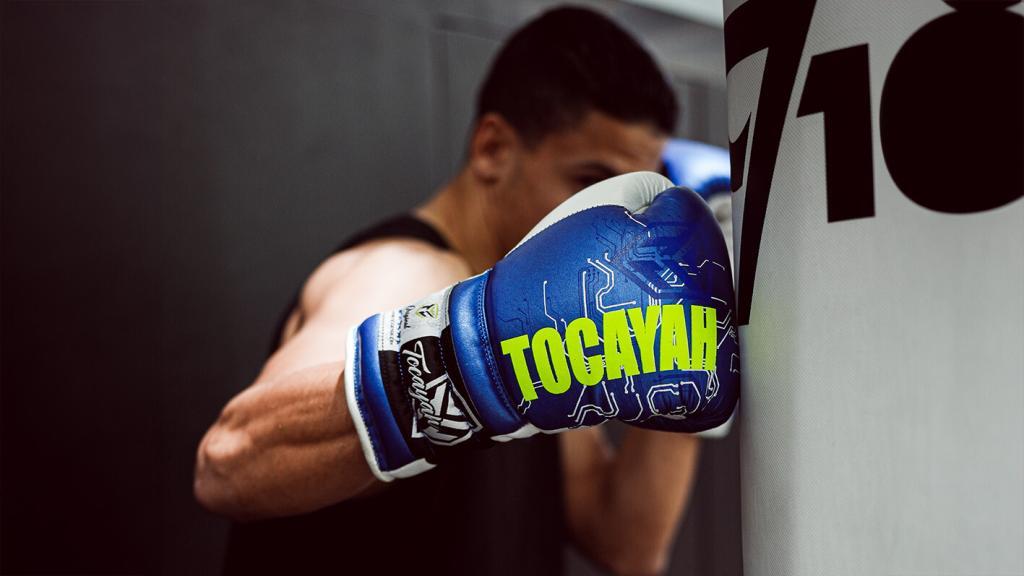In the dynamic world of boxing, mindfulness extends far beyond mere meditation—it’s a transformative practice that can deeply enrich training sessions. This article delves into the profound synergy between mindfulness and boxing, revealing how this combat sport provides a fertile ground for honing present-moment awareness and concentration. Through an exploration of mindfulness techniques intertwined with boxing drills and exercises, practitioners can unlock heightened focus, enhanced performance, and a deeper connection to their training. Join us as we embark on a journey to integrate mindfulness into the heart of boxing, fostering a holistic approach to physical and mental well-being.

Mastering boxing techniques requires not only physical prowess but also a profound level of mental engagement. With every punch, block, and dodge, practitioners must cultivate intense focus and concentration. By dedicating themselves to refining techniques such as footwork, timing, and precision, boxers immerse themselves fully in the present moment, fostering mindfulness. Each movement becomes an opportunity to sharpen awareness and deepen the connection between mind and body.
Boxing serves as a powerful vehicle for exploring the intricate relationship between mind and body. Through rigorous training and practice, boxers develop a heightened sense of proprioception—the awareness of their body’s position and movement in space. This heightened awareness extends beyond physical sensations to encompass mental states and emotional responses, enabling practitioners to navigate the complexities of the sport with greater mindfulness. As boxers become attuned to the subtle nuances of their bodies, they gain insight into the interconnectedness of physical actions and mental states, facilitating a deeper understanding of the mind-body connection.

In the realm of Boxing training, the benefits extend beyond physical fitness to encompass emotional regulation and stress relief. The rhythmic impact of punches against a bag or the controlled chaos of a sparring session offers a cathartic release for pent-up emotions and stress. Through the focused intensity of training, practitioners find solace in the act of punching, channeling emotions into constructive energy. This emotional release not only alleviates stress but also promotes a sense of emotional well-being and balance, fostering a holistic approach to health and fitness.
Sparring transcends mere physical combat; it becomes a practice of profound mindfulness and presence. As practitioners engage in dynamic exchanges with their opponents, they must remain fully present, attuned to every movement, feint, and counter. This heightened state of awareness fosters a deep connection between mind and body, sharpening focus and responsiveness in the heat of battle. Through the crucible of sparring, practitioners cultivate a keen sense of mindfulness, learning to embrace the present moment with unwavering clarity and composure.
In the realm of boxing, breath control serves as a cornerstone of both physical and mental prowess. Conscious regulation of breathing not only optimizes physical performance by enhancing oxygenation and stamina but also promotes mental well-being. By focusing on the rhythm and depth of their breath, practitioners cultivate a sense of calm and clarity, anchoring themselves in the present moment. This conscious breath control acts as a bridge between body and mind, fostering a state of mindfulness that permeates both training and everyday life.
Recovery is essential for athletes to replenish their bodies and minds after rigorous Boxing training sessions, and mindfulness offers invaluable tools for this process. Post-training practices such as cooldown exercises, stretching, and reflection provide opportunities for practitioners to reconnect with themselves and cultivate a sense of mental relaxation. By engaging in these mindful recovery practices, athletes not only promote physical recovery and reduce the risk of injury but also nurture their overall well-being. Through intentional reflection and relaxation, practitioners emerge from their recovery period rejuvenated, recharged, and ready to tackle the next challenge with renewed vigor.

The journey of boxing training is more than just physical; it’s a profound catalyst for personal growth and resilience. Through the trials and triumphs encountered in the gym, practitioners cultivate a mindful approach to life, learning to navigate challenges with grace and embrace victories with humility. By overcoming obstacles and witnessing progress firsthand, individuals develop a deeper sense of self-awareness and inner strength, fostering a mindset of mindfulness that extends far beyond the boxing ring.
Shadowboxing serves as a versatile tool for infusing mindfulness into training routines. This solo practice allows practitioners to focus inward, honing technique, and sharpening mental acuity. By incorporating shadowboxing into their training plans, individuals can enhance skill development, cultivate laser-like focus, and improve overall fitness. Whether used as a warm-up, cooldown, or standalone session, shadowboxing offers a dynamic platform for integrating mindfulness into every aspect of training, empowering practitioners to harness the full potential of their mind-body connection.
In conclusion, boxing training offers a multifaceted approach to mindfulness, promoting focus, emotional regulation, and personal growth.
By integrating mindfulness into your boxing practice, you can elevate your training experience, enhance performance, and cultivate a deeper connection with yourself both inside and outside the ring.